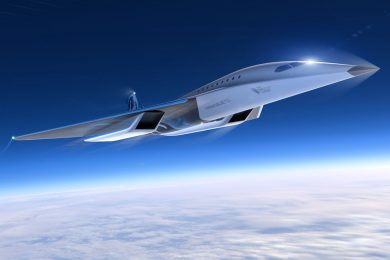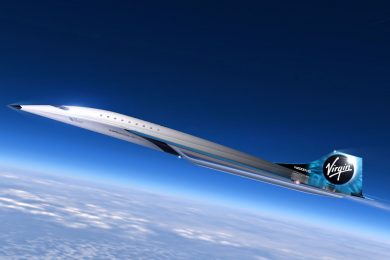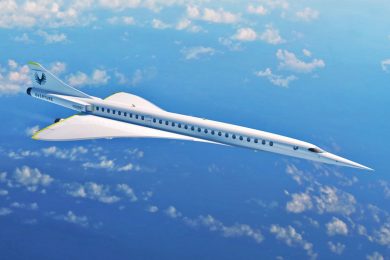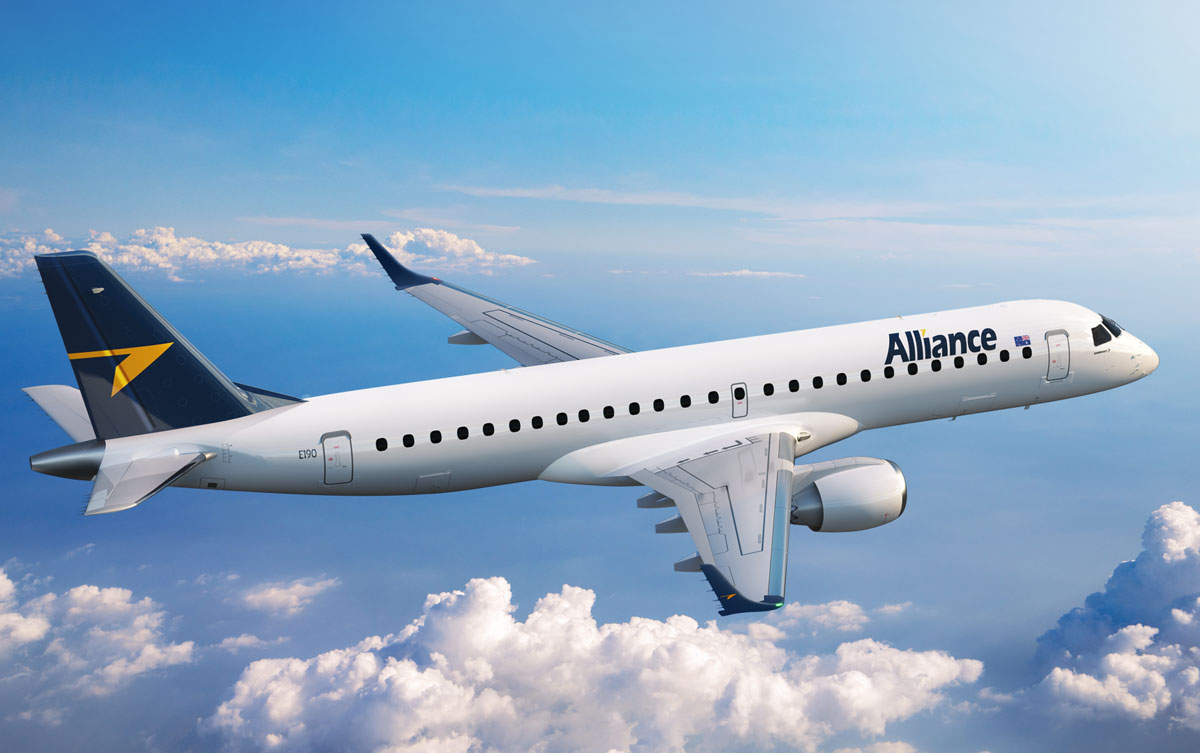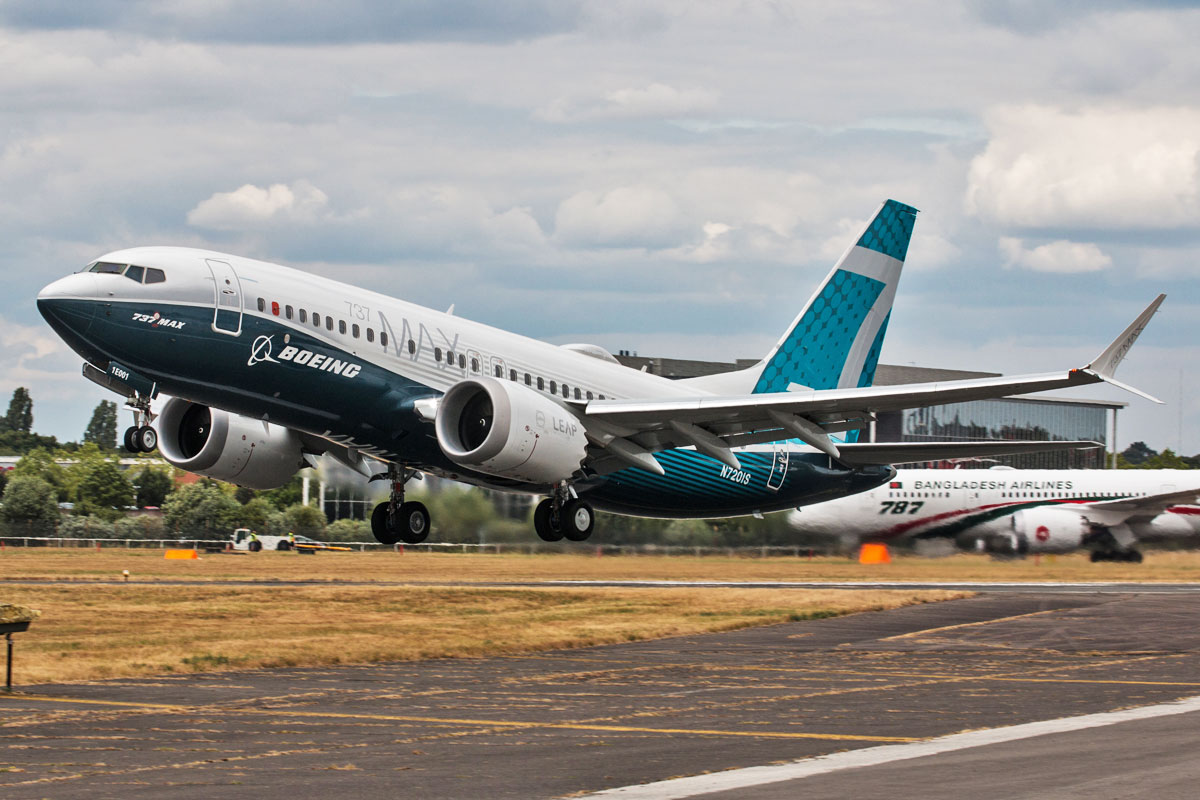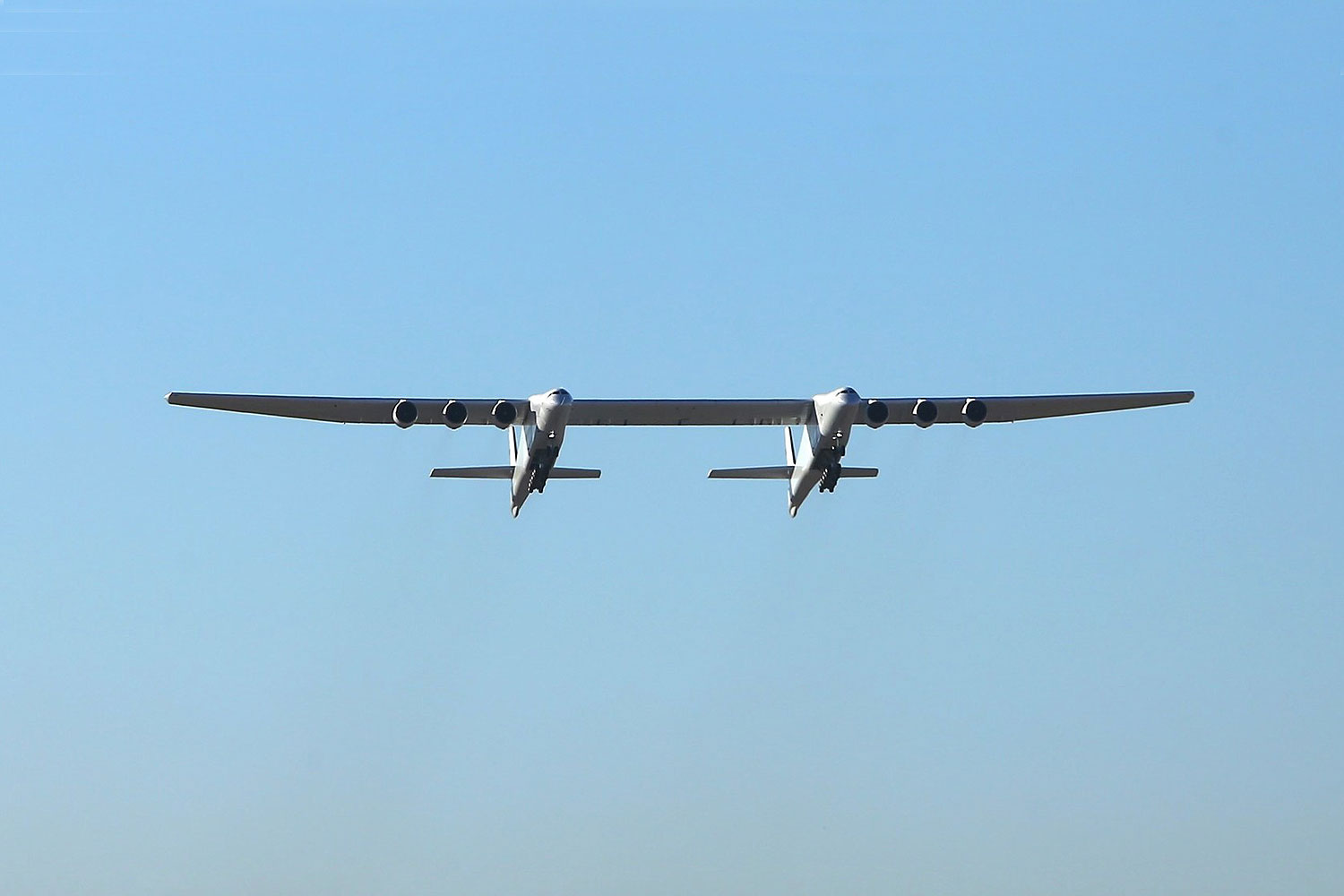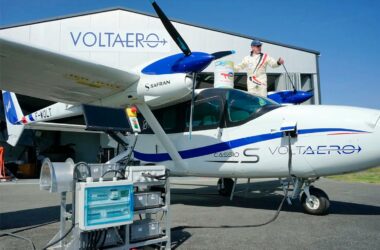For almost two decades without supersonic passenger flights, the commercial aviation market is expected to gain new aircraft in the near future, and one of them could be built by Virgin Galactic. The billionaire Richard Branson’s company, whose main mission is space tourism, announced on Monday a commercial passenger jet project capable of flying at 3 times the speed of sound (Mach 3).
With a visual reminiscent of the French-British Concorde, Branson’s plane will carry up to 19 passengers, therefore, smaller than the Overture, by Boom Aerospace, and one of the most advanced projects, which will have a capacity for 75 seats. But the North American plane will hit Mach 2.2 at the most while Aerion’s supersonic business jet, the AS2, will barely break the sound barrier.
For now, Virgin has not detailed the project, but said it has established a Memorandum of Understanding with Rolls-Royce to study propulsion technology for the plane – the British company has also just done something similar with Boom.
Virgin Galactic is also talking to Nasa and the FAA (US Civil Aviation Agency) to outline procedures for their certification. The project will be run by the group’s subsidiary The Spaceship Company (TSC), whose first mission is to review the aircraft’s concepts, which should fly at an altitude of 60,000 feet and incorporate cabin layouts that include first-class and or business class seating.
“We are excited to complete the Mission Concept Review and unveil this initial design concept of a high speed aircraft, which we envision as blending safe and reliable commercial travel with an unrivaled customer experience. We are pleased to collaborate with the innovative team at Rolls- Royce as we strive to develop sustainable, cutting-edge propulsion systems for the aircraft, and we are pleased to be working with the FAA to ensure our designs can make a practical impact from the start. We have made great progress so far, and we look forward to opening up a new frontier in high speed travel, ”said George Whitesides, Chief Space Officer, Virgin Galactic.
Supersonic boom
The new generation of supersonic civilian jets is being created in recent years due to technological advances that make it possible to solve problems that the Concorde and the Russian Tu-144 presented as high fuel consumption and the noise caused by the breaking of the sound barrier that prevented these planes flew in inhabited regions.
The new supersonics are expected to have fuselages that minimize the effects of flying above Mach 1 and engines that do not use afterburners. But instead of huge aircraft, these jets will have modest passenger capacity after all, the cost of a ticket will be higher and therefore more restrictive.
Virgin Galactic has not set a deadline or schedule for its future supersonic aircraft to reach the market.


